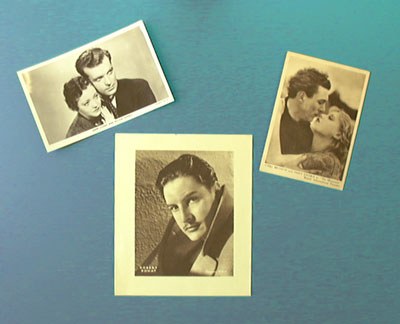 This October the Archives Hub is taking part in The Big Draw. We want you to make drawings on the themes of Fairgrounds or Playgrounds, or Cycling or Recycling. Scan or photograph your drawing, and then email the digital version to us. We’ll post your pics here each Friday. And we’ll give an Archives Hub notepad and propelling pencil to everyone who sends us a drawing, and the first name out of the cycle helmet will receive colouring pens, a pencil case and a notepad – all made from recycled car tyres! If you send us your postal address, we won’t use it for anything else.
This October the Archives Hub is taking part in The Big Draw. We want you to make drawings on the themes of Fairgrounds or Playgrounds, or Cycling or Recycling. Scan or photograph your drawing, and then email the digital version to us. We’ll post your pics here each Friday. And we’ll give an Archives Hub notepad and propelling pencil to everyone who sends us a drawing, and the first name out of the cycle helmet will receive colouring pens, a pencil case and a notepad – all made from recycled car tyres! If you send us your postal address, we won’t use it for anything else.

1. Swing Ride Silhouette
Above: Drawing by Amanda Hill, formerly of the Archives Hub, and now relocated to Canada. This pic links to a larger version. Submitted by Amanda:"Mike says it looks like a pizza, but then he’s a complete philistine."

2. Recycle
Above: Quick drawing by Paddy of the Archives Hub. Submitted by Paddy: "I was going to try the Manchester Wheel but it looks a bit difficult… "










